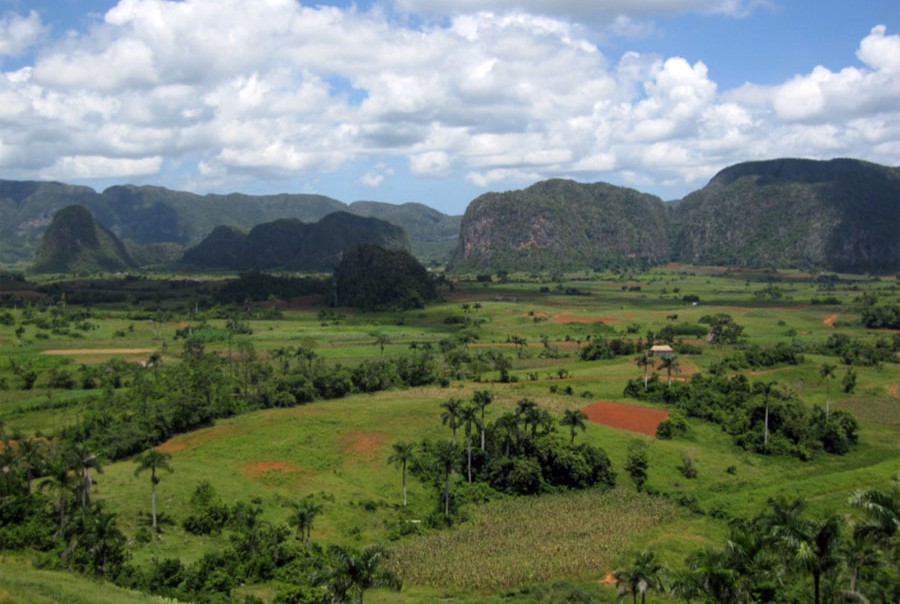Cuba may have been restricted politically and economically for the past 50 years, but its borders have remained open to wildlife for which it’s undeveloped islands are an irresistible draw.


“Cuba’s got the levels of biodiversity, coral cover, and apex predators like sharks and groupers that make up a complete ecosystem,” said Robert Wintner, scuba diver, owner of Hawaii-based Snorkel Bob’s dive shops, marine conservationist, and author of the book Reef Libre.
It hasn’t always been like this, Wintner said. Fishing boats and bottom trawlers once decimated much of the fish population and reef habitat around Jardines de la Reina. But in 1997, the Cuban government banned commercial fishing in the region, creating one of the largest marine reserves in the Caribbean.
Since then, fewer than 3,000 divers and a few hundred fishers (catch and release only) visit the reserve annually. Cuba’s coastline has been free of much of the pollution, development, fishing pressure, and agricultural runoff that’s reduced the Caribbean’s coral reef cover by 50 percent. — Taylor Hill, TakePart
httpvh://youtu.be/eCedZRxhJng
Cuba: The Accidental Eden: Cuba’s wild landscapes have remained virtually untouched, creating a safe haven for rare and intriguing indigenous animals, as well as for hundreds of species of migrating birds and marine creatures. From Nature on PBS
Updated May 24, 2016








